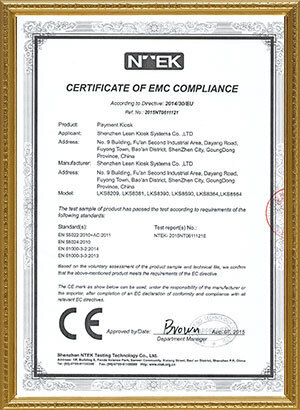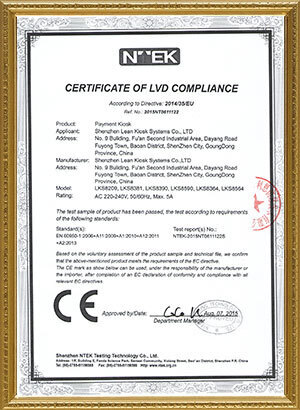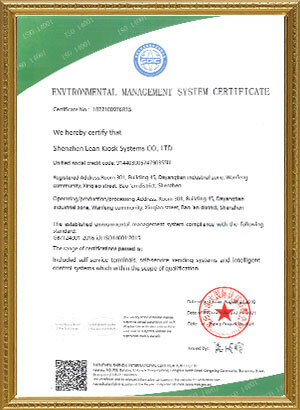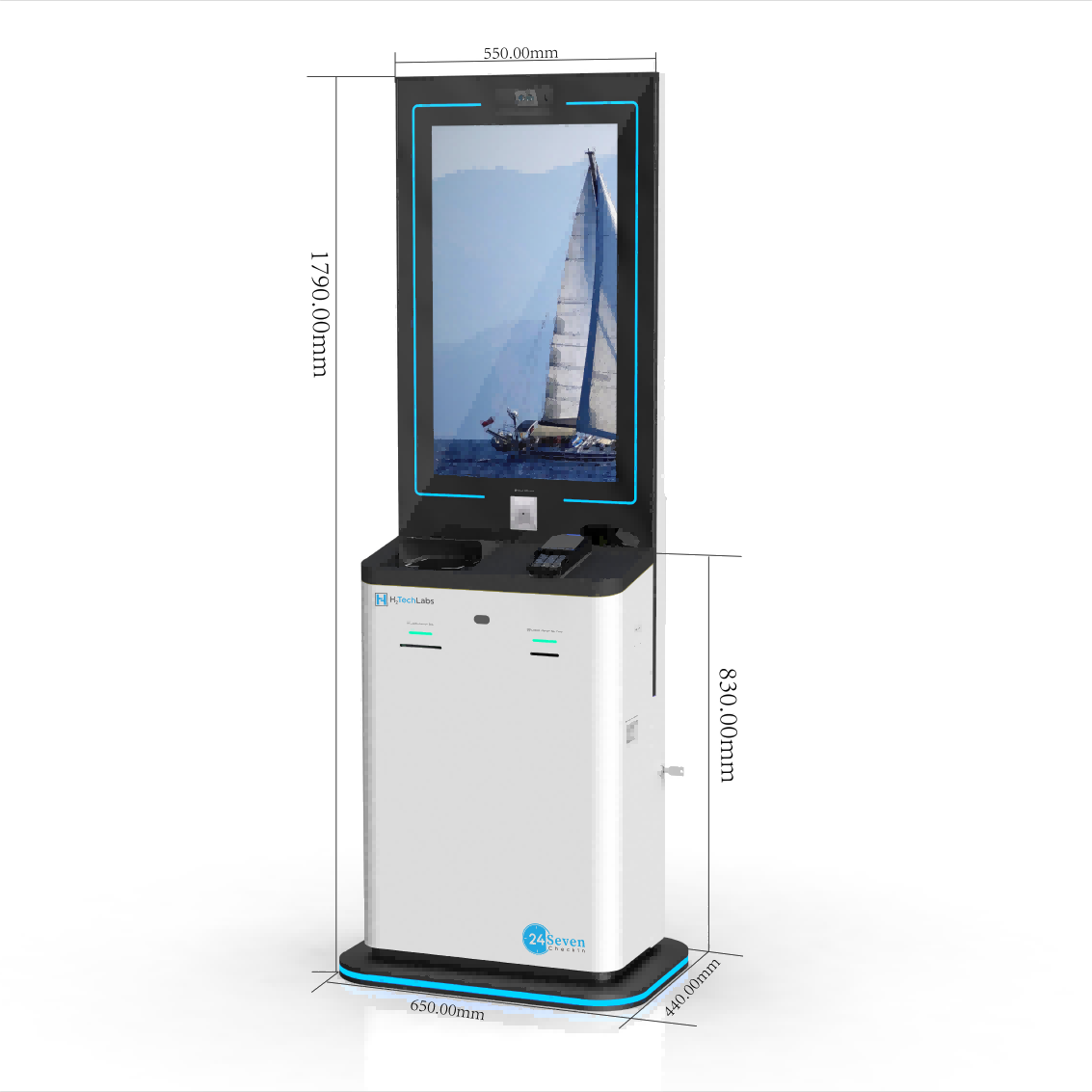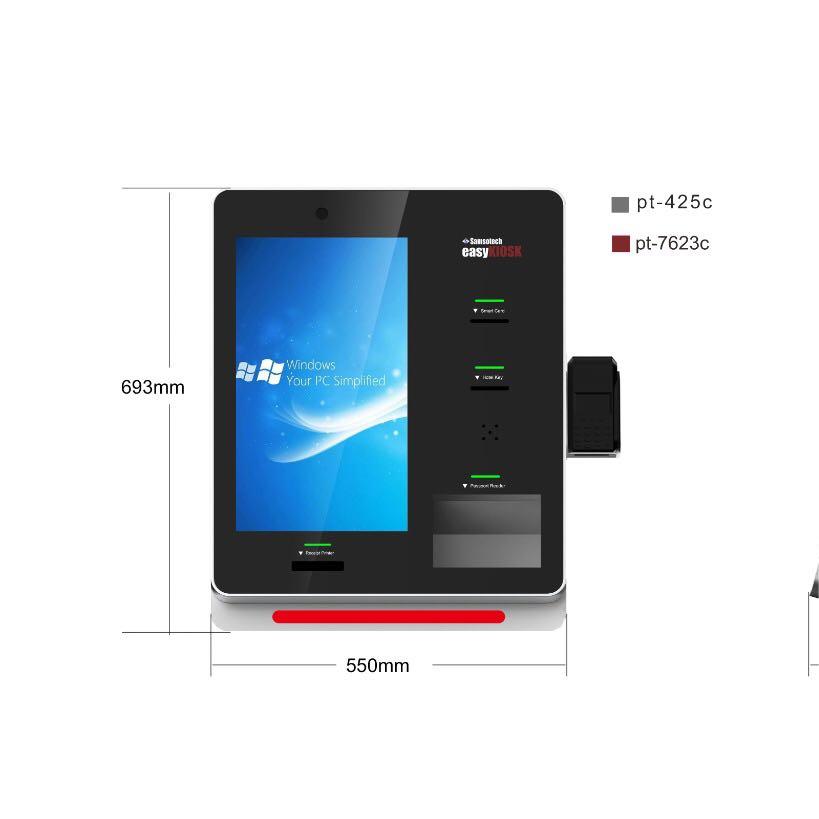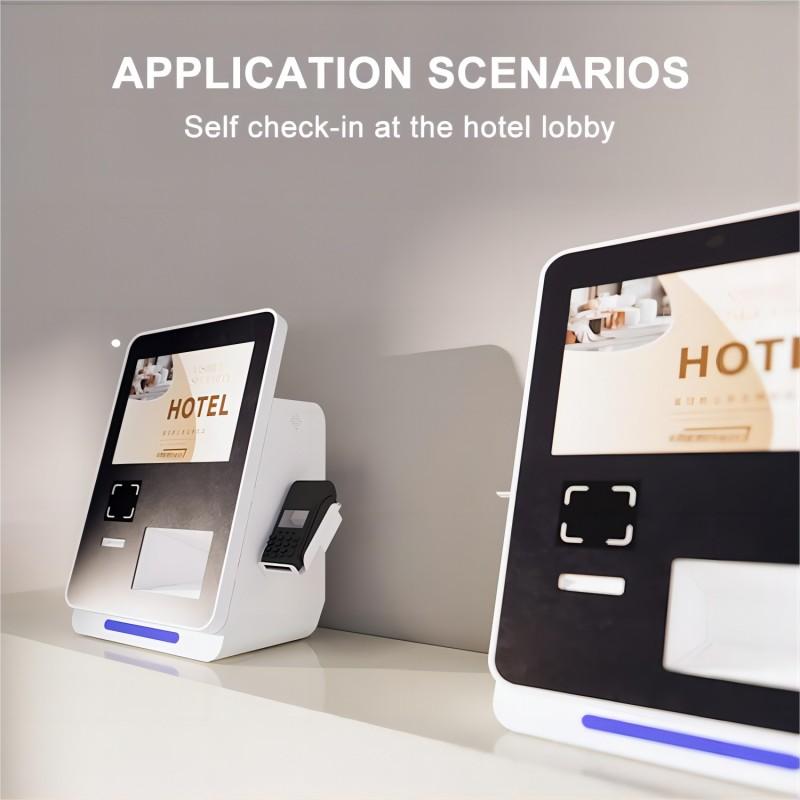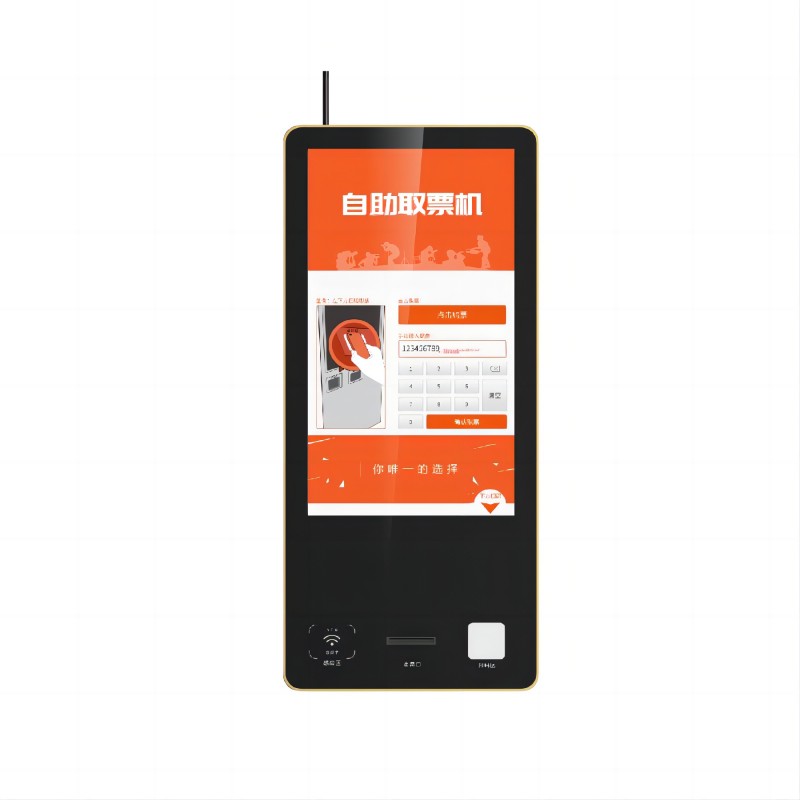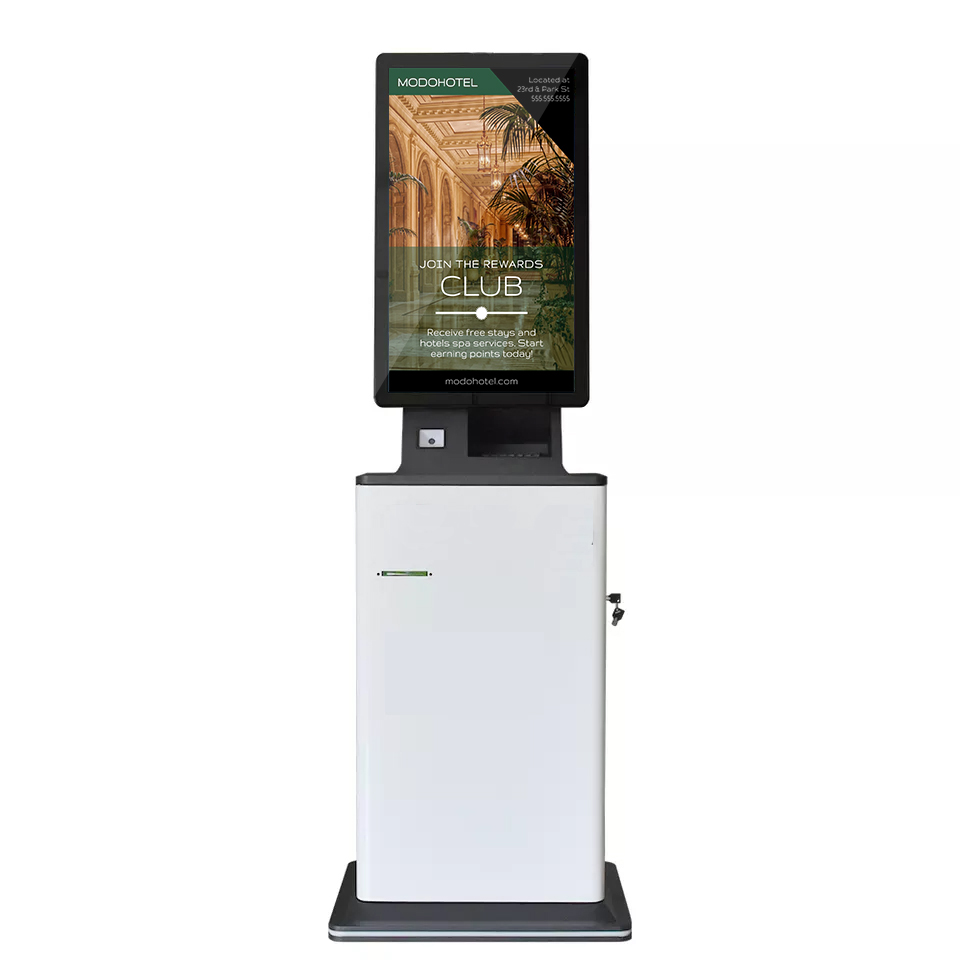






—— Bill from America
—— Jack from United Kingdom
—— James from Russia
—— Mike from America
—— James from Iran
—— James from America
Setting up a payment kiosk requires robust hardware that ensures security, reliability, and efficiency in processing transactions.

--Types of Acceptance: Cash acceptors typically accept bills of various denominations. They use sensors and validation mechanisms to verify the authenticity of bills, checking for factors such as size, thickness, magnetic features, and UV marks to ensure they are genuine and not counterfeit.
--Interfaces: They are usually equipped with interfaces (such as serial, USB, or MDB - Multi-Drop Bus) to communicate with the kiosk’s main control system. This allows the kiosk to register the amount of cash inserted accurately.
--Security Features: Modern cash acceptors include advanced security features to prevent tampering and fraud. They may have tamper-evident seals, encryption for data communication, and physical barriers to deter unauthorized access.
--Maintenance: Regular maintenance is necessary to ensure smooth operation. This includes cleaning sensors, updating firmware for security patches, and occasionally adjusting validation settings to accommodate worn bills.
A cash dispenser, also referred to as a bill dispenser or cash recycler, is used to dispense cash to users. Here’s what you should know about them:
--Capacity: Dispensers can hold a supply of bills across various denominations, depending on the model and configuration. This allows the kiosk to provide change or dispense cash withdrawals accurately.
--Dispensing Mechanism: Bills are dispensed through a mechanism that can handle different denominations. It ensures precise counting and dispensing of bills without jams or errors.
--Security Features: Similar to acceptors, dispensers incorporate security measures to prevent unauthorized access and tampering. This includes encryption, physical security features, and robust authentication protocols.
--Integration: Dispensers are integrated with the kiosk’s software and payment processing system to manage cash transactions seamlessly. They communicate transaction details back to the main control system for accurate accounting.
--Maintenance: Regular maintenance is crucial to keep the dispenser in optimal condition. This includes cleaning and inspecting the dispensing mechanism, replenishing bills, and ensuring all sensors and mechanisms function correctly.
--EMV Card Readers: EMV (Europay, Mastercard, Visa) compliant card readers are essential for accepting chip-enabled credit and debit cards. EMV technology enhances security by generating unique transaction codes for each payment, reducing the risk of counterfeit fraud.
--Magstripe Readers: Although less common due to security concerns, some kiosks may still include magstripe readers to accommodate cards that lack chip technology. Magstripe readers read data encoded on the magnetic stripe of the card.
--Contactless (NFC) Readers: NFC (Near Field Communication) readers allow kiosks to accept contactless payments via mobile wallets such as Apple Pay, Google Pay, Samsung Pay, and contactless credit/debit cards. These transactions involve tapping the card or device near the reader.
--Scanning Capability: Barcode readers are designed to scan and decode barcodes printed on products, tickets, or loyalty cards. They use laser or image-based technology to capture the barcode information accurately.
--Types of Barcodes: Barcode readers can handle various types of barcodes, including UPC (Universal Product Code), QR codes (Quick Response), and EAN (European Article Number). The type of barcode used depends on the application and the information encoded.
--Integration with Payment Process: In payment kiosks, barcode readers are typically used in scenarios such as:
①Product Purchases: Customers can scan barcodes on items they wish to purchase. The kiosk then identifies the product and adds it to the transaction total.
②Ticketing: For events or transportation, customers can scan barcodes on tickets or passes to initiate payment or validate entry.
③Loyalty Programs: Barcode readers can scan loyalty cards or digital loyalty apps to apply discounts or track points.
--Speed and Accuracy: Barcode readers should have fast scanning capabilities to ensure quick processing of transactions, especially in high-traffic environments.
--Durability: Given their use in public settings, barcode readers should be durable and able to withstand frequent use. They should also be resistant to dust and moisture to ensure reliable operation
--Integration: Ensure that the barcode reader integrates seamlessly with the kiosk’s software and payment processing system. This allows for real-time updating of transaction details and accurate recording of purchases.
--User Interface: Design the kiosk’s user interface to guide customers on how to use the barcode reader effectively. Clear instructions should be provided for scanning, and feedback should be given to confirm successful scans.
--Security: Barcode readers should comply with security standards to protect customer data and prevent unauthorized access. This includes encryption of data transmission and adherence to PCI-DSS requirements.
--Regular Maintenance: Perform regular maintenance tasks such as cleaning the barcode reader lens, checking for software updates, and testing functionality to ensure optimal performance.
--Technical Support: Ensure there is reliable technical support available from the manufacturer or vendor of the barcode reader. This is crucial for troubleshooting issues and minimizing downtime.
--Retail: Customers can scan barcodes on items they wish to purchase, speeding up the checkout process.
--Ticketing: Barcode readers can be used for self-service ticketing at cinemas, concerts, or transportation hubs.
--Loyalty Programs: Barcode readers enable customers to scan their loyalty cards or digital codes to earn rewards or redeem discounts.
Address: No. 99-15, Fuan intelligent manufacturing Industrial Park, Dayang Road, Fuhai Street, Baoan District, Shenzhen, China


